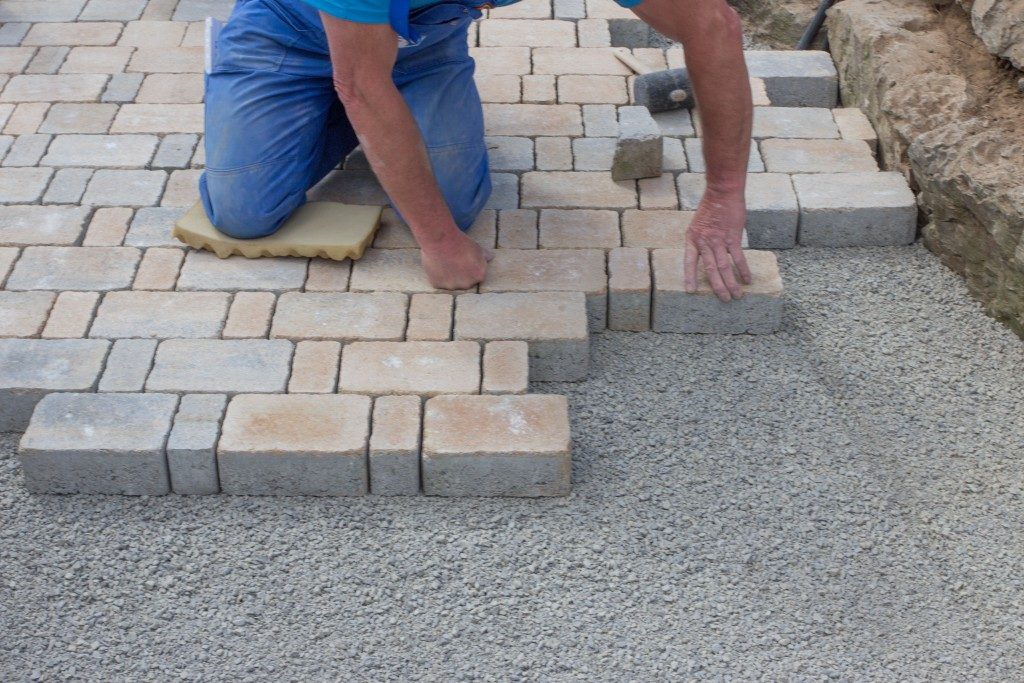Sprucing up the outdoors is a fun and exciting project to take on for weekend warriors. You can incorporate various elements to make your space more comfortable and relaxing to live in. Hardscaping is not a task for the faint-hearted, though.
You can get in touch with providers of palletized hardscaping materials delivery in Utah for your DIY projects or even larger home renovation plans. It is important to use quality supplies and materials because they have a direct bearing on how your outdoor project will end up looking and how long it will last.
Here are some of the most preferred hardscape materials you can play with.
Concrete
Concrete is one of the best hardscape materials you can use. It is cost effective and versatile. Concrete can be stamped, stained, texturized and designed with other materials such as glass or pebbles.
If you are planning to redecorate your patio or pathway, concrete with embedded decor is slip proof compared to the smooth and plain finish types. DIY enthusiasts often use concrete for their patios.
Stone
Flagstone is attractive and useful for embellishing outdoor spaces, courtyards and pathways. When using natural stone, you will have to deal with irregular ridges and bumps. However, this is part of the appeal of natural stones. They look rustic, rugged and are just perfect for any exterior surface. Flagstones can be placed with a sand or gravel base or set on a concrete slab.
Tile
When selecting tiles, go for ceramic ones or those that are intended for outdoor use such as a patio or courtyard. Outdoor tiles are rated depending on the climate, so be sure to order tiles that match your outdoor needs.
Brick
Brick has been around for centuries now. They are widely used for roads, pathways, buildings, walls and more. They come in various patterns, making any surface formal or informal. You can use and reuse bricks for any of your outdoor projects.
Composite Decking
Decking can be made from either aluminum or wood. These are lasting materials for hardscaping because they can resist molds and rotting, plus they offer maximum traction will not splinter. Be prepared to spend a little extra though since this type of hardscape material is on the pricey side.
Loose Bits
Loose materials can also be used for hardscaping projects—glass, small stones, gravel, broken marbles or tiles, river rocks, pea gravel, among others.
Pavers

Popular paving materials can consist of brick, concrete, and natural or flagstones. You can use pavers but you must first create a clearly defined border to prevent materials from sliding or shifting. Pavers are often installed on a bedding sand or pea gravel, dirt or grass.
Wood
Of all the outdoor hardscaping materials, wood has been used widely for centuries. Like bricks, they have been the number one choice for outdoor decks. Wood is widely available and accessible everywhere. To save on costs, look for local wood because they are as durable as imported hardwoods but not as expensive. Knowing how to keep your outdoor area maintained will allow you to maximize the very rich, warm and natural appeal of wood.
While working on your hardscaping project, bear in mind that you cannot finish everything in one go. Work on one side or section this month and save the rest for future DIY adventures. You can always add a trellis a wooden fence or pond at a later date.

